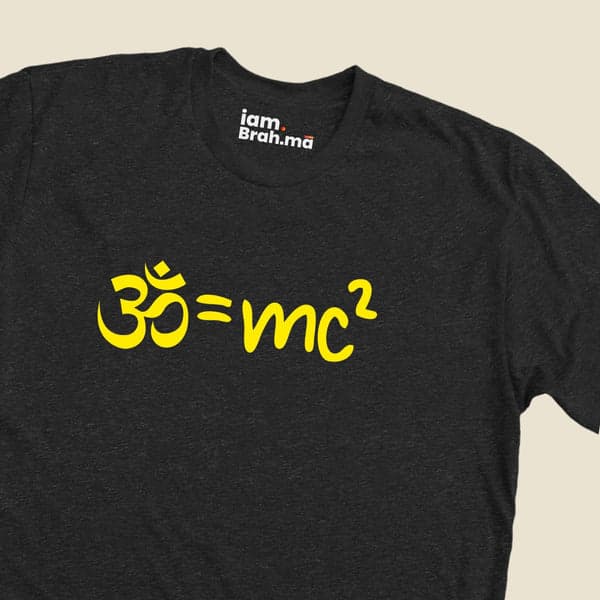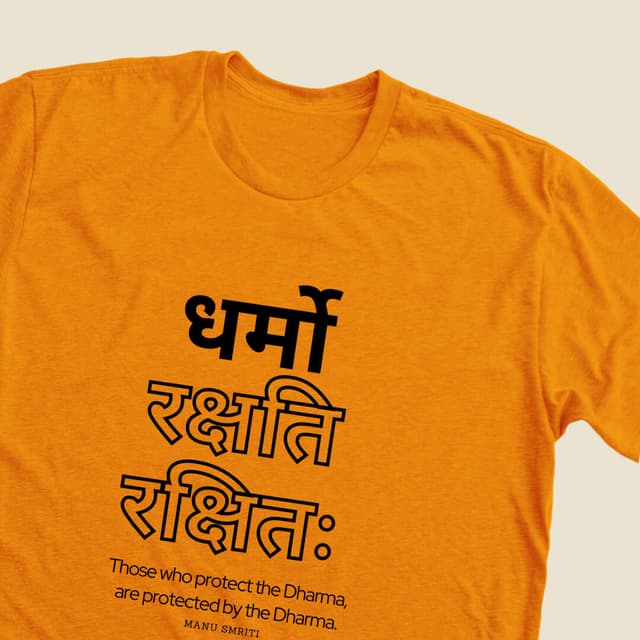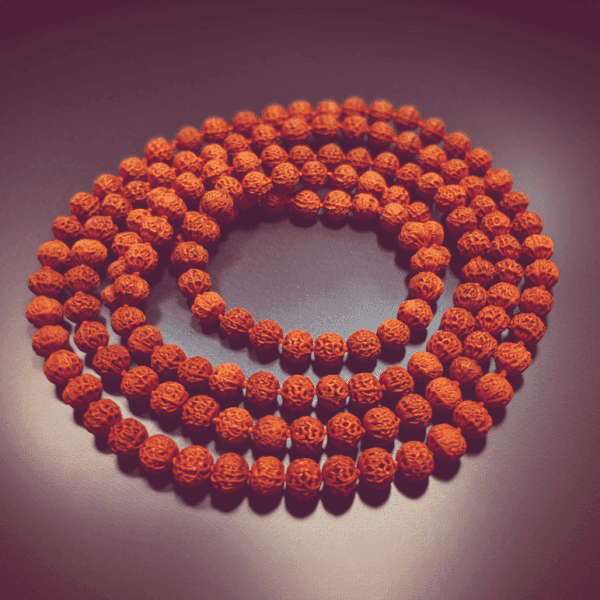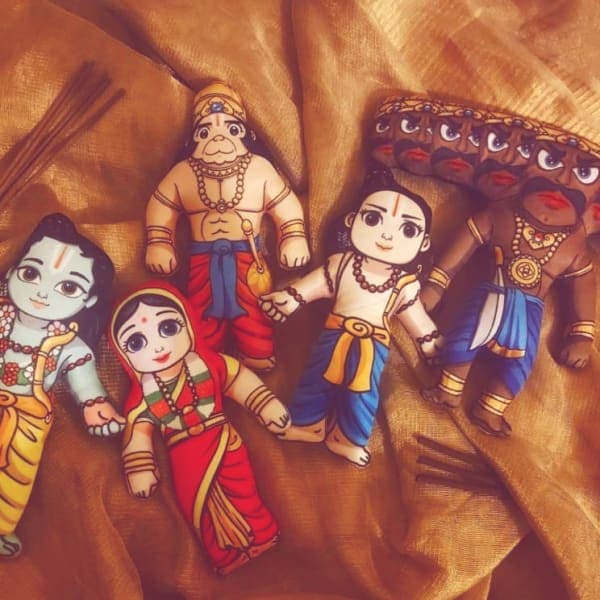Mahavakya Upanishad
It is attached to the Atharvaveda, and is classified as one of the 20 Yoga Upanishads.The text describes the nature of Atman (self, soul) and Brahman (ultimate reality), then asserts that they are identical and liberation is the state of fully understanding this identity. The title of the text refers to Mahavakya, which refers to great summary sentence or sacred utterances found in the Upanishads. The Mahavakya Upanishad is a short text that discusses nature of Atman (self, soul) and Brahman (metaphysical reality), their oneness, and the nature of knowledge and ignorance. The text asserts that Yoga and introspection is the way to spiritual knowledge, with the help of a guru. The Upanishad is notable for characterizing Vedic rituals and chasing sensual pleasures as a mark of darkness within, that this darkness can be shed with the radiance of knowledge, the discovery of self as light. This, states the text, is why yoga is started with Gayatri mantra and yogins assert "hamsa-so'ham" (I am he, he is I). Supreme self is satcitananda, or "truth-consciousness-bliss", states the Upanishad. There is no other means to liberation other than realizing the identity of Atman and Brahman, asserts the text. The Upanishad asserts that Samadhi while being a yogic accomplishment is not Self knowledge and moksha, nor is it the dissolution of mind to external objects. The highest state is, translates Ayyangar, oneness with the inmost Brahman. This is when, asserts the text, the yogin fully feels and understands "the radiant knowledge of sun is in me, Shiva is within me, this transcendent radiance in the universe is in me", and such is the conviction with which he attains the union with Mahavishnu within. This is liberation, nothing less, states the Mahavakya Upanishad.
Chapter Description Not Available
Help us improve by contributing the description for this chapter.
Submit via WhatsApp...




